Summertime and the Livin’ Is Easy: The 2019 Summer Classic Film Book Challenge
 I can scarcely believe that this is my seventh year participating in the Summer Classic Movie Book Challenge, hosted by Raquel over at Out the Past. I’m telling you, time flies like an arrow. Fruit flies like a banana. (Thank you! I’ll be here all week! Tip o’ the hat to Groucho!)
I can scarcely believe that this is my seventh year participating in the Summer Classic Movie Book Challenge, hosted by Raquel over at Out the Past. I’m telling you, time flies like an arrow. Fruit flies like a banana. (Thank you! I’ll be here all week! Tip o’ the hat to Groucho!)
But seriously, just as I look forward each year to attending the Turner Classic Movies Film Festival, and my two-week Christmas vacation, and Homecoming weekend at my alma mater, Spelman College (shout out!!), I wait with great anticipation for summer to arrive so that I can dive into some of the classic movie books that line the shelves of my bookcases. To join in the fun, you have to commit to reading a total of six books related to classic films, and then write about each one. And this summer, I read some of my most enjoyable selections yet! I always do a big wrap-up at the end, so without further ado, here are the classic movie books I read this summer!
 A Tree Grows in Brooklyn (1943) by Betty Smith
A Tree Grows in Brooklyn (1943) by Betty Smith
This semi-autobiographical novel is a coming of age story centering on Francie Nolan, a young girl who lives in a Brooklyn tenement with her younger brother Neeley and her parents, Katie, who works cleaning houses, and Johnny, an alcoholic who barely contributes to the household coffer as a part-time singing waiter. Also on hand is Katie’s older sister, Sissy, who’s sexy, illiterate, and immensely popular with the opposite sex, who weds one man after another (and calls them all ‘John’) and gives birth to no fewer than 10 babies, all of whom die.
The story starts in 1912, when Francie is 11, and ends in 1918, as she is about to attend college. There isn’t necessarily a plot but, rather, a portrait of the family and the world in which they live, following the Nolans through a variety of life’s experiences. In addition to mundane events like Francie running errands for her mother to buy the cheapest possible items for dinner (wilted celery, stale bread and suet), the story includes such shocking occurrences as Francie nearly getting molested and her mother shooting the offender. Throughout, the novel tackles issues like Francie’s knowledge that her brother was their mother’s favorite, Sissy’s desperation to have a baby of her own, the tension between Katie and Johnny because of Johnny’s affinity for alcohol, and Johnny’s inability to support his family. Smith did an outstanding job in her debut novel in depicting the world of the early 1900s in an impoverished section of New York; in one scene, for instance, Francie and Neeley participate in a Christmas Eve ritual in an effort to secure a Christmas tree, where they allow the tree seller to toss a tree at them. If they can withstand the impact of the tree without falling down, they get the tree for free. Francie and Neeley, together, take on the challenge; even though the seller himself was reluctant to throw the tree at the children, he winds up tossing it with all of his might. Francie and Neeley remain on their feet and proudly haul the huge tree through the streets of their neighborhood.
I can’t tell you how much I enjoyed this book, and I fully intend to read it again. I also look forward to re-watching the 1945 20th Century-Fox film of the same name, starring Dorothy McGuire, James Dunn (who won an Oscar for his performance as Johnny), Joan Blondell, and Peggy Ann Garner as Francie. There was so much in the novel about the Nolans – both minor and significant – that it will be interesting to see what was included in the movie.
 Margaret Sullavan: Child of Fate (1986) by Lawrence J. Quirk
Margaret Sullavan: Child of Fate (1986) by Lawrence J. Quirk
The author of this book was the nephew of James Quirk, former editor and publisher of Photoplay magazine, and wrote more than 20 books about classic film and movie stars. This one not only benefited from Quirk’s interviews with many individuals who were close to Sullavan, including directors George Cukor and Frank Borzage, and actor Kent Smith, but also with Sullavan herself.
The book covers the life of the highly acclaimed actress, from her birth in Norfolk, Virginia, in 1909, to her death at the age of 50 from an overdose of barbiturates. In between, Quirk discusses Sullavan’s volatile marriages to actor Henry Fonda, director William Wyler, and agent Leland Hayward, and her relationship with her children (one who died from a drug overdose just eight months after Sullavan’s death).
While I found the book to be well-written and easy to read (unlike many movie star biographies that I’ve come across), there were several things about it that bothered me. First off, from nearly the very first page, the author seemed determined to drive home the notion that Sullavan was “over-sexed” – he makes countless references to this concept, including reports that she had “assorted crushes on various boys” by the age of 13, and descriptions of her “prowling” after young actors when she moved to New York. I just felt that it was overkill, and a little disrespectful. (Like, we get it already!) Also, the book contains several conversations that could not have been overheard and were not attributed, such as an argument between Sullavan and Henry Fonda, during which Fonda mocks her “chinless face” and Sullavan slaps him. (To be fair, the book contains extensive notes in which most conversations are attributed.) On the other hand, Quirk provides a number of interesting tidbits including a feud between Sullavan and Katharine Hepburn, and James Stewart’s long-time crush on the actress. The book is definitely worth a read.
 Red-Headed Woman (1931) by Katherine Brush
Red-Headed Woman (1931) by Katherine Brush
I approached this novel, given to me by a friend for my birthday last year, with great anticipation, since the 1932 film Red-Headed Woman, starring Jean Harlow, is one of my favorite pre-Codes. And I wasn’t disappointed. The story, in a nutshell, focuses on Lil Andrews and her single-minded efforts to climb the social ladder in the small town in which she lives. The other characters include Sally, Lil’s best friend; Bill Legendre, on whom Lil sets her amorous sights; and Bill’s wife, Irene, with whom Lil is enviously obsessed – even after she succeeds in stealing her husband.
I was interested to discover that there were two significant differences between the novel and the film. First off, in the film, Lil and Sally (played by Una Merkel) have a close relationship; even though Sally is sometimes brutally honest with her social-climbing buddy, we never get the impression that there is any malice behind her advice and observations. In the book, though, Sally is somewhat jealous of her friend’s upward mobility and, as for Lil, she looks down on her pal and plans to drop Sally from her circle of friends as soon as she firmly establishes herself in society’s upper stratum. Also, in the film, Lil leaves Bill for wealthy family friend C.G. Gaerste (played by Henry Stephenson), has a fling with Gaerste’s chauffeur (played by a young Charles Boyer), shoots Bill when he exposes her duplicity to Gaerste, and winds up with an even older sugar daddy, with the chauffeur still in tow. (Whew!) Lil’s course of love in the book is far more straightforward – during an extended trip to New York, she meets and falls for Gaerste (who is not a friend of the Legendre family and is at least 20 years younger than the character in the film), and eventually leaves Bill for him. (No chauffeur in sight.)
Incidentally, I admired the author’s skill at engendering an occasional sympathy toward Lil, even though she was a homewrecker, dismissive toward her friend and even her mother, and sometimes simply not a very nice person. In particular, the book contains an exquisitely described dinner party that Lil gives for the town’s upper crust, which turns out to be an unmitigated disaster. From Lil’s over-elaborate evening gown, to the perfectly timed late arrival of every single guest, to the countless conversations that leave Lil on the sidelines, unable to participate, the entire scene is effectively cringe-worthy and made me feel what it was like to be in Lil’s shoes. (Another interesting aspect of the book was the numerous words to which it introduced me – words that I’d never heard of and for which I had to consult Webster for assistance. Some of these included: descried, quinsy disease, wroth, misprision, inconnu, and encomiums. It was quite the vocabulary lesson!) Of all the books I read this summer, this was definitely one of my favorites.
 Golden Boy: The Untold Story of William Holden (1983) by Bob Thomas
Golden Boy: The Untold Story of William Holden (1983) by Bob Thomas
This biography has a unique beginning; it starts with the 1981 death of William Holden, covering the reactions of his closest friends and colleagues – including Blake Edwards, Billy Wilder, Robert Preston, Barbara Stanwyck, Bob Hope, and Sterling Hayden – when they learned of the tragedy, and providing details of the L.A. coroner’s conclusions about Holden’s demise. For those of you who don’t know, the actor, after consuming a copious amount of vodka, reportedly slipped on a throw rug, hit his head on the corner of a table, and bled to death. He was 63 years old.
Like the Margaret Sullavan biography, this bio was easy to read, and told us about the actor’s life starting with his birth in O’Fallon, Illinois, where he entered the world as William Franklin Beedle, Jr., in 1918. After moving to California for his father’s health, Holden grew up in Monrovia, located about 20 miles from Los Angeles. As a teen, he exhibited a reckless, daredevil nature that included such antics as walking on his hands on the outer railing of a structure in town known as “Suicide Bridge.” His first foray into acting came while he was a student at Pasadena Junior College, when a friend invited him to take on a small role in a play – Marie Curie’s 80-year-old father-in-law. His performance was seen by a talent scout for Paramount Studios, and before long, Holden was on the big screen. It was early in his career that alcohol began to make its appearance; according to Thomas, “he experienced terror each time he walked on a movie set . . . The solution was easy. Before he reported to the set, he swallowed a shot of whiskey, perhaps two.” The actor’s alcoholism was a theme that was threaded throughout the book – some of the stories were almost painful to read, especially Holden’s experience on the 1968 film The Devil’s Brigade, which included a drunken episode during which he turned on a crowd of townspeople, cursing and firing blanks at them from a machine gun.
Although I thought this book suffered from Thomas’s penchant for glossing over certain events – like Holden’s affairs with Audrey Hepburn and Grace Kelly, and the creation of Holden’s production company, Toluca Productions – the book did contain details about a number of notable occurrences in the actor’s life. These included Holden’s marriage to actress Brenda Marshall, which eventually ended in divorce after 30 years; a drunk driving accident in Italy that resulted in the death of the other driver (Holden received an eight-month suspended sentence for manslaughter); and the actor’s love for Africa, where he opened the Mount Kenya Safari Club.
The book was rife with unsourced conversations, but after a while, I just took them with a grain of salt. Overall, while they added to the book’s readability, they also impacted its believability.
 The Hollywood Scandal Almanac (2012) by Jerry Roberts
The Hollywood Scandal Almanac (2012) by Jerry Roberts
This book – which I picked up on impulse at the front counter at the Larry Edmunds Bookstore in Hollywood during last year’s TCM Film Festival – serves up, as the title indicates, Hollywood scandals, one for each day of the year, mostly from Hollywood’s Golden Age. Exceedingly easy to read, the book was like consuming a plate of hors d’oeuvres – quick and tasty, but not exactly stick-to-your-ribs fare. Still, I didn’t expect War and Peace, and I’m always up for a juicy scandal, but the title was a bit of a misnomer – all of entries were not scandals (one, for instance, told us that on April 13, 1964, Sidney Poitier became the first black man to win an Academy Award – not too scandalous, I hope!). In any event, here are just a few of the tidbits contained in the book:
January 18, 1923: Silent screen star Wallace Reid dies at the age of 31. He’d been addicted to morphine ever since suffering an injury in a train wreck four years earlier. He died at a sanitarium in Hollywood.
January 24, 1966: Mickey Rooney files for divorce from his fifth wife, Barbara, who was having an affair with a Serbian actor Milos Milosevic who was seen in The Russians are Coming, The Russians Are Coming (1966). A few days after Rooney filed for divorce, on January 31st, Milos shot Barbara and then himself. Their bodies were found in Milosevic’s home.
March 16, 1934: At the Academy Awards ceremony presented on this date, Will Rogers announced the winner for Best Director. After opening the envelope, he simply said, “Come up and get it, Frank!” and director of Lady for a Day, Frank Capra, made his way to the podium. Only problem was, Rogers was referring to Frank Lloyd, who’d won for Calvalcade. (Whoops.)
May 3, 1947: Miracle on 34th Street became one of three films condemned in 1947 by the National Legion of Decency (the other two were Black Narcissus and Forever Amber). The Legion’s priests objected to the film’s sympathetic treatment of a divorced mother, played in the film by Maureen O’Hara.
October 13, 1940: In one of the book’s most bizarre entries, western star Tom Mix was flown from Arizona to Burbank, California, on this date, after he was killed in a freak car crash. The day before, Mix had been driving at close to 80 miles an hour and hit the brakes when he approached a construction barrier. He was hit in the back of the head by an aluminum suitcase on a shelf in the car that was filled with money and jewels; the impact shattered his skull and broke his neck. (Yikes.)
 Sister Carrie (1900) by Theodore Dreiser
Sister Carrie (1900) by Theodore Dreiser
I’ve had this book in my collection for years. Decades, actually. (Ouch, how old does that make me sound?!) I was determined to make this the year that I dove into this classic story, which has been called “the greatest of all American urban novels.” The story, set in in late 1800s, centers on Carrie Meeber who, at the age of 18, moves from her family home in rural Wisconsin to live with her sister and brother-in-law in Chicago. On the train to Chicago, Carrie meets a traveling salesman, Charlie Drouet, who becomes somewhat of a savior to Carrie in the coming months, when she’s unable to find work after losing her factory job. Carrie becomes a “kept” woman when she moves in with Charlie, who continually delays fulfilling his promises to marry her. Through Charlie, Carrie meets George Hurstwood, manager of an upscale bar; the unhappily married George falls in love with Carrie, impulsively steals some money from his bar, and convinces Carrie to run away with him. The two settle in New York, where George is forced to relinquish the stolen money, loses the job he’d landed when the business is sold, and pridefully refuses to seek jobs that he considers beneath him. Meanwhile, Carrie is able to get a job in the chorus of a local production and goes on to become a star, leaving George behind as he sinks deeper into the depths of depression and poverty. Ultimately, George is forced to live on the streets and rely on charity, and finally commits suicide in a flophouse, while the famous and wealthy Carrie realizes that the stardom that she sought and has now achieved will never make her happy.
Sister Carrie was made into Carrie, a 1952 Paramount film starring Lawrence Olivier, Jennifer Jones, and Eddie Albert. The book contained several characters that were either absent from the film or had a far greater presence in the book. There were also subtle differences in the film that I found to be interesting; for instance, the book’s George Hurstwood was arrogant and irresponsible, refusing to look for a job, allowing Carrie to support him, and spending his days in a rocking chair reading the newspaper. The film presented George more favorably, however; he secured a job, but was dismissed when his employers learned about the money he stole, and he was unable, for this reason, to gain any other employment. Carrie, too, gets a better screen treatment. In the film, she is in love with George and leaves him only because she feels that he will be able to reunite with his family if she is out of the picture. And later, when George, homeless and starving, comes to her for help, she plans to take him back into her life. In the book, however, Carrie was never truly in love with George – the book’s Carrie was more pragmatic – she was fond of George, certainly, but she left him because it was to her advantage, not for any selfless reasons related to George. Similarly, when George approached her for help, she gave him money, but she certainly had no intention of taking him into her home.
I found some of Dreiser’s writing to be absolutely masterful, like in the scene where George is contemplating whether to steal the money from his job. Dreiser’s description of the man grappling with his conscience builds a undeniable tension that practically left me on the edge of my seat. On the other hand, there were some sections of the book where Dreiser’s writing was so flowery and esoteric that I frankly didn’t know what he was even talking about. Despite these parts, all things considered, it was an excellent read. I have two other Dreiser books in my collection that were made into films – An American Tragedy and Jennie Gerhardt – and I’m considering tackling at least one of these for next summer’s challenge!
And that’s it! Those are the six books I read for this year’s challenge. It’s been another great experience, and I tip my hat to Raquel for creating this innovative and unique event – starting tomorrow, I’ll start stockpiling my selections for summer 2020!!


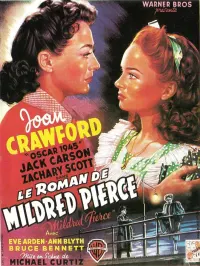




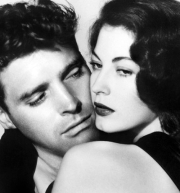













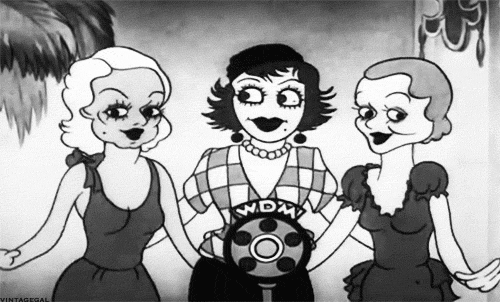


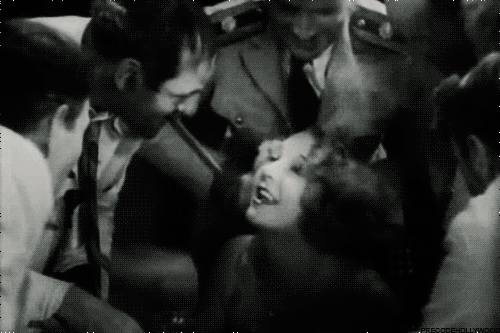


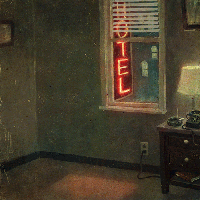
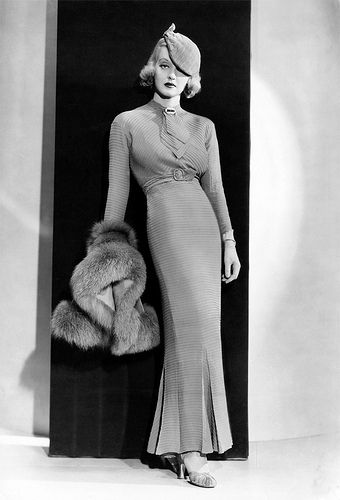



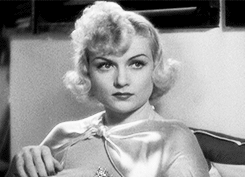
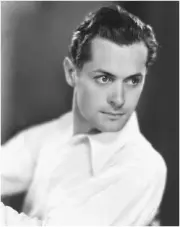
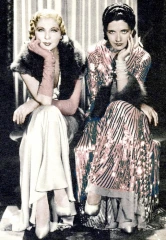

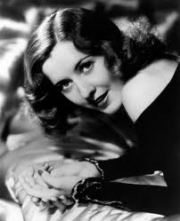



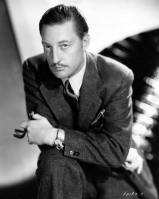




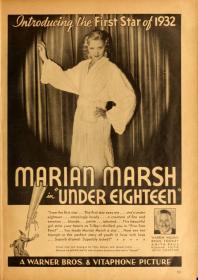
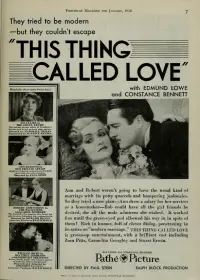

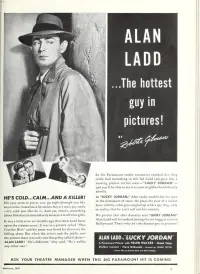
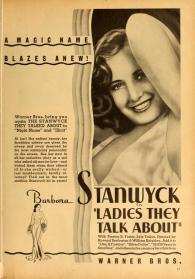

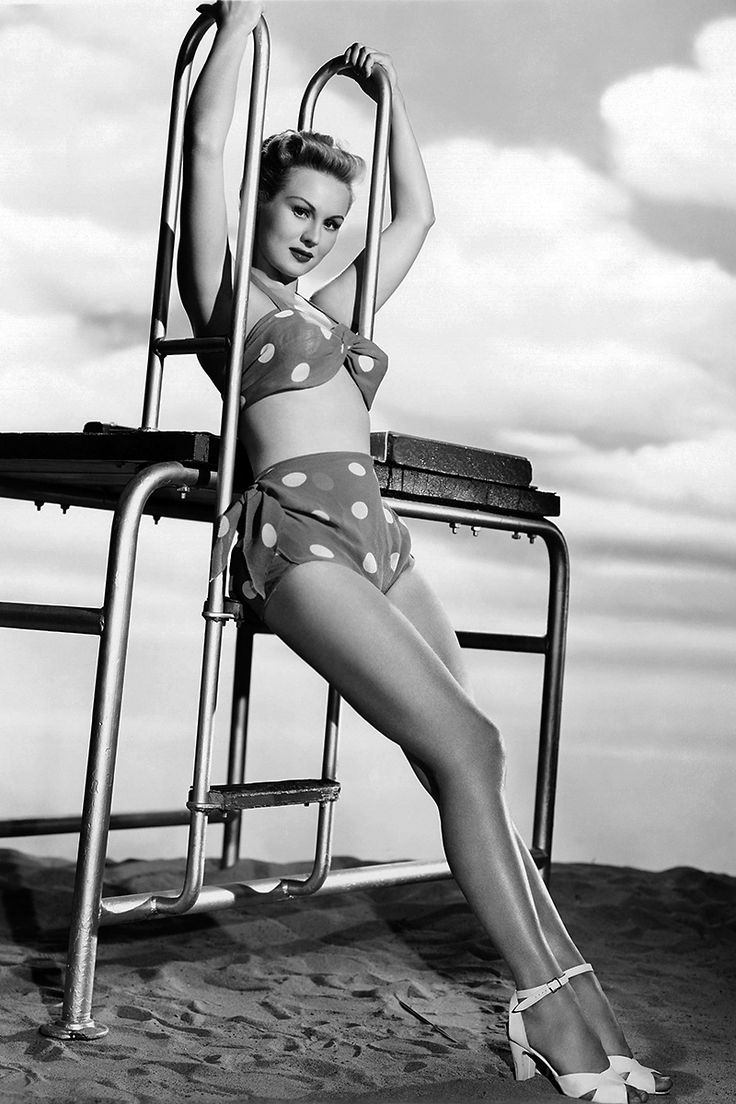



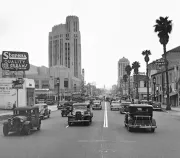
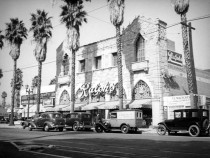


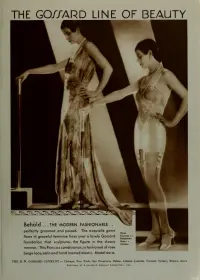

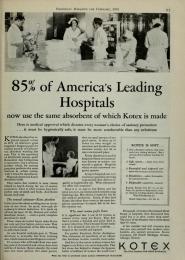

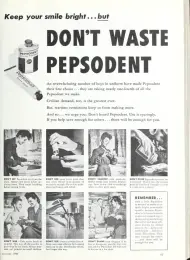


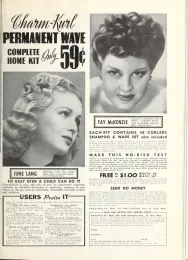


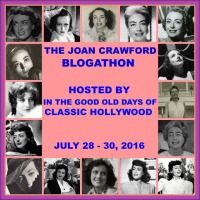


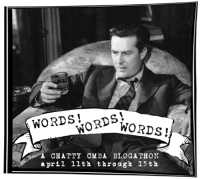

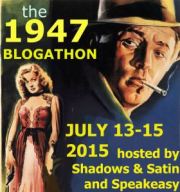
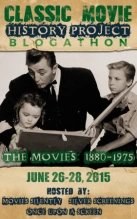
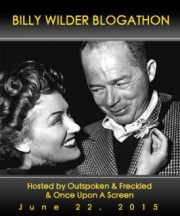


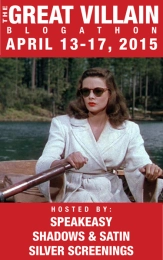


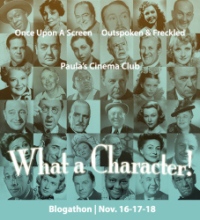
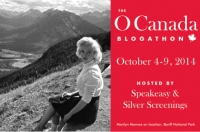


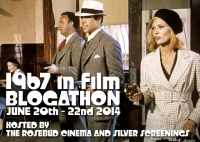


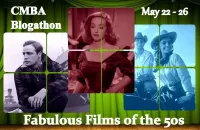
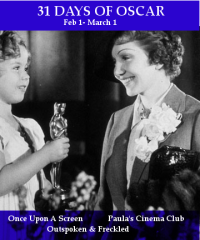
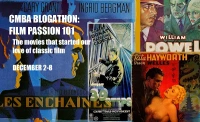







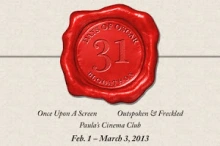

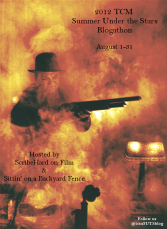


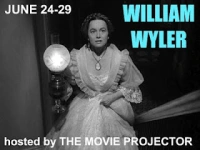





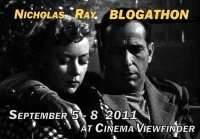

A wonderful selection of books. I’ll be looking for some of these at the library.
This was one of the best years yet! You can’t go wrong here, Ruth!
Thanks for your kind words about the reading challenge. I always look forward to your epic 6 book review. I need to get my hands on that Red-Headed Woman novel! Would love to read it. It’s one of my favorite Pre-Codes too. I hope to see you at the next TCMFF!
Thank you, Raquel! I hope you’re able to find Red-Headed Woman. It was so good. Hoping to see you in April, too! 🙂
Thanks for such a good list of books. Just finished Rebecca a couple of weeks ago. Now with your list I think I will start with a Dreiser pic/book.
I’ve never read Rebecca, but I’m pretty sure I have it. Maybe I will give it a try!
I think you will enjoy the movie A Tree Grows In Brooklyn as much as you do the novel, Both are favorites of mine The casting in the movie mirrors the characters in the book.
I think it is fitting that the bio of Wm Holden starts with his death. It worked in Sunset Boulevard,
I’m looking very much forward to seeing A Tree Grows in Brooklyn again. I suspect that it’s going to make me want to read the book again – I may just keep going ’round and ’round in a loop! Interesting observation about the start of the Holden biography — I hadn’t thought of that, Don!